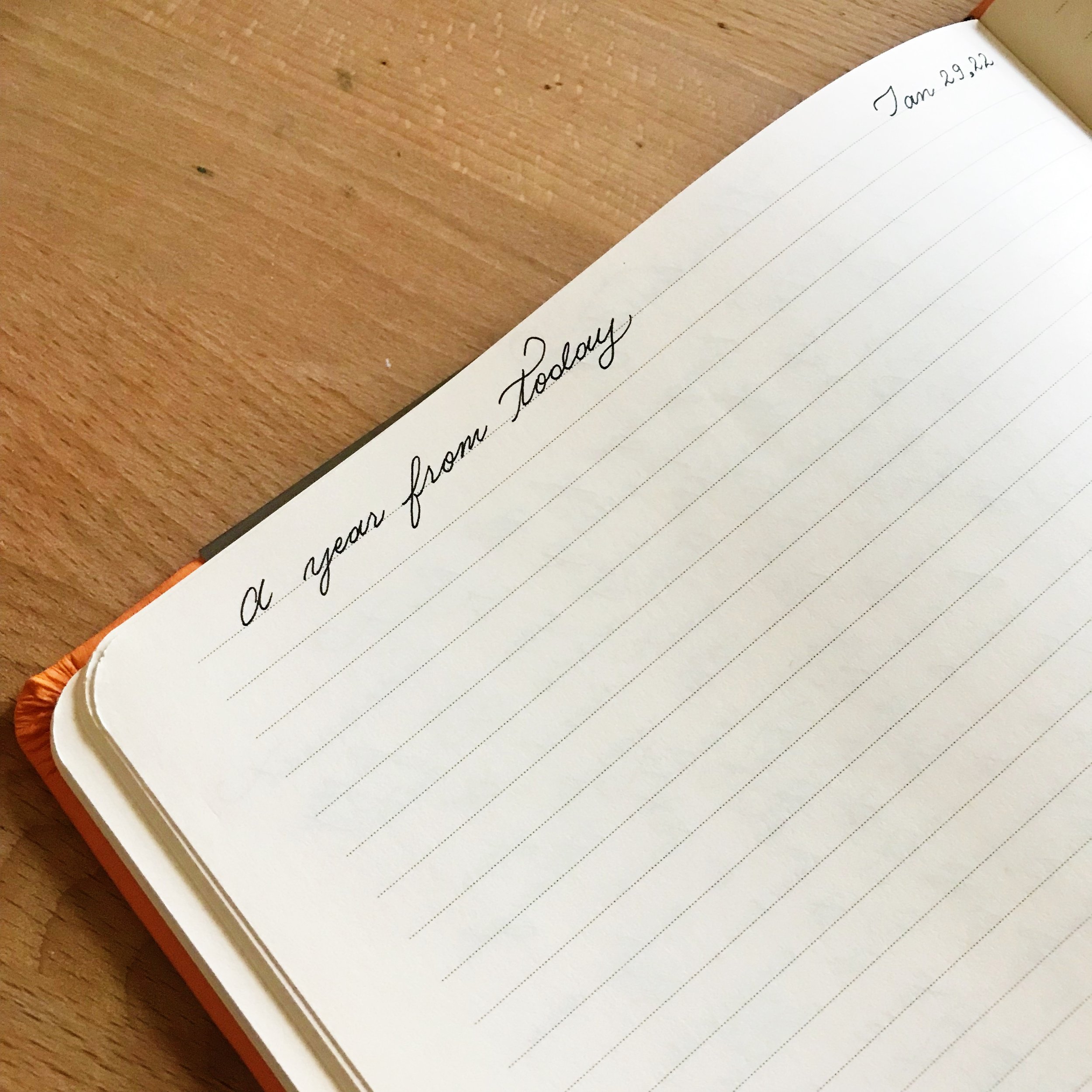#100DaysOfBulletJournalIdeas: 14 - The Time Mountain: A Quirky Way to Visualize Your Ideal Day with your Bullet Journal
/Welcome to Day 14 of my #100DaysofBulletJournalIdeas Project!
Idea 14: The Time Mountain
The Time Mountain
The Ideal Day timeline is usually a simple vertical timeline. It's a great way to visualize your day. When I was a kid, about 8 years young or so, I remember drafting out my very first ideal day timeline because, for whatever reason at that age, I wanted to get a good command over my day. I remember doing that pretty often growing up, actually. Every time school started back up or I'd have a break, I'd get pretty anxious and feel the urge to do something proactive to help me figure out a routine for my day so I'd map out a simple vertical ideal day timeline to feel more in control. This usually helped calm my mind.
The concept of the Ideal Day Timeline has become a pretty popular idea among Bullet Journalists to help them understand where their time goes and be proactive about plugging in the activities they want to get done in their day-to-day.
When I sat down recently to draft up an ideal day timeline, I wanted to take the visualization of time to the next level by making the timeline go up during active hours and to go down during downtime. I thought this would be fun to visualize when I'm in 'go-go-go' mode versus when I can let my mind take a break to relax, after all, it's during downtime that we replenish our creative juices. This is where I realized that this looked like a mountain, and thus the term Time Mountain was coined.
The Time Mountain: A Quirky Way to Visualize Your Day with your Bullet Journal
This is the example I created as an exercise to see what a typical day might look like for many in a typical work-week. I'm still tweaking it a bit as I figure out my own rhythm.
How to Create Your Own Time Mountain:
This a simple guideline for how to create your own ideal day timeline, feel free to modify to your own steps as needed.
1. Start with pencil.
I recommend starting out with pencil to draft out how your ideal day might look.
2. Begin with the night before.
To create a good start to your day, I recommend thinking about the night before because how you end your day is how you set yourself up for the following day. If you go to bed exhausted or feeling drained, that will probably carry on to the next day, so keep that in mind and set up some relaxing habits to help you rest even if it is just simply getting to bed a little bit earlier.
I started with my ideal sleep time: 11pm. I also added a little section for a simple winding-down routine to relax my mind. If there's too much going on in my mind before I aim to go to sleep, I have trouble sleeping and get anxious if I don't clear out my mind. The things that help me rest well are: 1. Set my alarm, 2. Review my day, 3. Plan the next day and get things out of my mind, 4. Read. Maybe in that order, maybe not. These are the main things that help me feel centered and allow me to get some much needed shut-eye.
3. Figure out when you want to wake up.
After starting with my ideal sleep time, I evened the timeline out between 5-6am, which is my ideal wake up time. Doesn't mean this is my bedtime or wake up time, but surely an ideal.
4. Determine how you want to start your day.
Morning routines are a popular topic in the productivity community. When I first heard about it, it must have been many years ago from Lifehacker, possibly through StumbleUpon. I would recommend writing down the things you already currently do in the morning and rearrange the order, if you'd like, and possibly add 1 or 2 things you might like to have some time to enjoy.
Things you usually don't find the time for such as reading for a few minutes or enjoying a nice cup of your morning beverage of choice could be carved out in the morning when you're easing into your day as gifts to yourself to enjoy. Perhaps even just sitting outside to feel the sun in your face could be a relished moment of time to yourself. How you start your day determines how the rest of your day will go.
I drafted a simple morning routine of: 1. Waking up, 2. Turn off Sleep Cycle (my alarm), 3. Read, 4. Run & Get Ready, 5. Breakfast & Brush Teeth, 6. Clean Up, 7. Review & Adjust Daily Log, 8. Journal & Intentions, 9. Breathe & Visualize Day, 10. Begin. I don't do these every day, but it is a lovely reminder to have to reference when I might feel like I'm missing something to feel centered.
5. Add in your time-based responsibilities.
Whether you have work, school, volunteer, train, or have other time-based commitments, be sure to plug those in so you can see how you spend your day. The more you're aware of where your time is going, the more time you'll find to enjoy to yourself. By being proactive, you'll be able to find pockets of time for all those things you've been putting off. You'll be able to make the time to go on bike rides, see your friends, explore, and more.
Other ways to create an ideal day timeline:
Vertically
Horizontally
Use color
Connect times to tasks and time-based commitments
Track your ideal vs actual day. Adjust as needed.
P.S. If you're new to the Bullet Journal®, I recommend checking out BulletJournal.com, it was invented by Ryder Carroll - he's an awesome human that walks you through how to set up your own Bullet Journal with his handy tutorial video that you can check out here!
Supplies Used:
Some of the links used in this article are Amazon Affiliate links, such as the images below, which means that if you make a purchase through them, I will make a commission at no extra cost to you. Thank you for your support!













